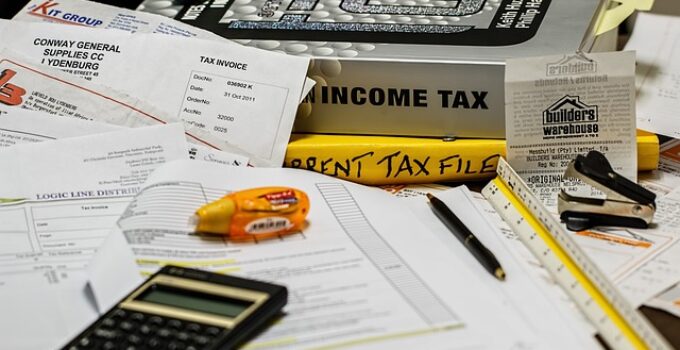What Your UK Tax Code Means
Find out exactly what your UK tax code means. Your UK tax code indicates how much tax you have to pay on your income. Your employer and pension provider will use your code to automatically pay your tax.
The HMRC tells your employer and pension provider what tax code to use. They decide this by looking at your personal file. If your circumstances change its important to contact the HMRC and let them know. It could affect your tax code.
Your tax code will start with a letter. This letter reflects what tax position you are in and how it affects your tax free personal allowance. As of 2019-2020 the standard UK personal allowance is £12,500, which is an increase of £750 from the pervious year. You will not have to pay any income tax on your personal allowance.
UK TAX CODE LETTERS MEANING
L – L means you are subject to the standard amount of personal allowance. (the majority of people will see this letter at the start of their tax code)
M – M means you are married and have received 10% form your partner’s personal allowance. This essentially means your personal allowance is £13,750 (19-20 tax year).
N – N means your married and have given 10% of your personal allowance to your partner. This means your personal allowance is £11,250 (19-20 tax year).
T – T means your tax code is calculated slightly different. For example you are projected to earn over £100,000 and as a result loose your personal allowance.
0T – 0T can be a couple of things. Either your personal allowance has already been used up or your employer can’t acquire your tax code. We would recommend contacting the HMRC if you are unsure on which it is.
BR – BR means “Basic Rate”. Currently basic rate is set at 20%. Your whole wage will be taxed at 20% automatically. This rate is used when you earn between above the personal allowance amount and £34,500.
D0 – D0 is just like BR but instead of basic rate (20%) its taxed at higher rate (40%). This rate is used when you earn between £31,501 and £150,000.
D1 – D1 means all your wage will be taxed at additional rate of 45%. This is for higher earners. This rate is used when you above £150,000.
NT – NT means no income tax will be paid on your income.
SCOTTISH TAX CODES EXPLAINED
S – S is a Scotland based rate of tax. Having a S means you will be subject to Scottish tax rules.
S0T – S0T is a Scotland based tax rate. It is the basically means the same as the UK version 0T. IT means your personal allowance has been used up already.
SBR – SBR is the Scottish version of the UK tax code BR. It means you will be taxed at Scottish basic rate of 20% (19-20 tax year). This rate is used when you earn between £2,001 and £12,150.
SD0 – Scotland have a rate called “Intermediate rate” which is tax at 21% (19-20 tax year). Having SD0 means all your income will be taxed at intermediate rate of 21%. This rate is used when you earn between £12,151 and £31,580.
SD1 – SD1 means your income is taxed at “Higher Rate”. Higher rate tax is Scotland is 41% (19-20 tax year). This rate is used when you earn between £31,581 and £150,000.
SD2 – SD2 is the highest rate of Scottish tax. SD2 means your will be taxed at “Top Rate” which is currently 46% (19-20). This code is used when you earn over £150,000 during a finical UK tax year.
We hope you had as much fun reading this as we did writing it. For more information check out the HMRC website.
MY TAX CODE IS WRONG, HOW DO I CHANGE IT?
You will need to contact the HMRC as soon as possible if you think your tax code is incorrect.
You can contact them on 0300 200 3300. Calling this number you will be able to ask any question relating to your income tax such as overpayments and class 4 National Insurance. Their opening times are Monday to Friday, 8am to 8pm, Saturday 8am to 4pm and Sunday 9am to 5pm.
The HMRC even have a web chat option available. Head over to the HMRC website and scroll down to the web chat option.



